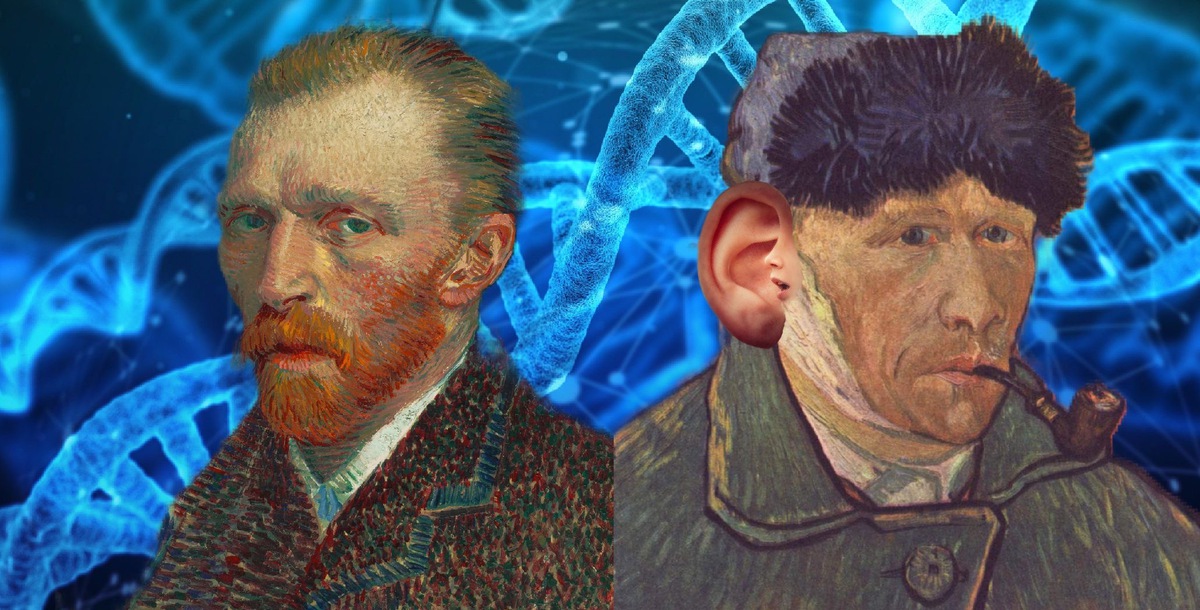Van Gogh’s ear just might be the most famous ear in history. Just about everyone has heard the story about the famous Dutch Post-Impressionist painter, Vincent Van Gogh, cutting off his own ear. In a very unusual and somewhat macabre experiment, Smithsonian Magazine reports that scientists have created a living copy of the ear.
The concept was created by Diemut Strebe, a German artist living in Boston and working at the MIT Center for Art, Science, and Technology and was realized with the help of scientists from MIT, Harvard, and Boston University in 2014. Called “Sugarbabe”, it was created at Boston’s Brigham and Women’s Hospital with DNA collected from a stamp the artist had licked and from a descendant of Van Gogh. Lieuwe van Gogh, also an artist and the second great-grandson of Vincent’s brother Theo Van Gogh, donated tissue.
The ear was created by a 3D printer to match the artist’s actual ear that was partially cut off just before Christmas in 1888 at Vincent’s home in Arles, France. The newly created ear is in a transparent case suspended in a special solution and could, theoretically, stay alive for years, according to the BBC. According to Diemut Strebe, “The project focuses on a particular form of human replication using replacement and modification of natural DNA with synthesized genetic material in a living cell line.”
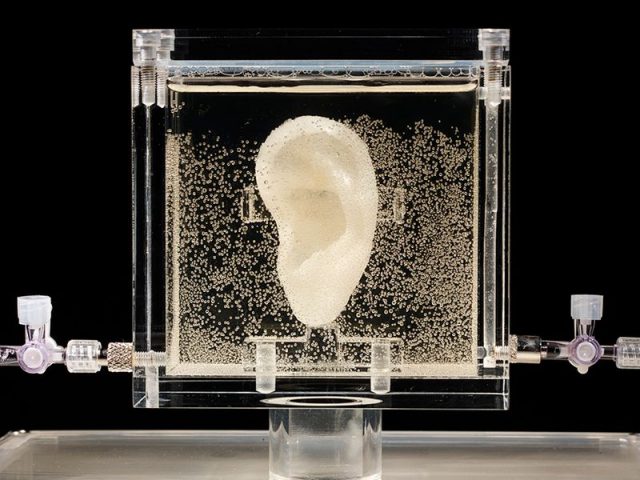
The ear is able to receive sound waves through a microphone which uses a computer program to generate simulated nerve impulses. Smithsonian Magazine reports that neither the Van Gogh Museum in Amsterdam nor any relatives are interested in owning the ear.
Why did Vincent cut off part of his ear? According to vincentvangogh.org, there are several theories. The theory that is the most prominent is that Vincent and Paul Gauguin, who often worked together, got into an argument and Gauguin left Vincent’s house in a huff.
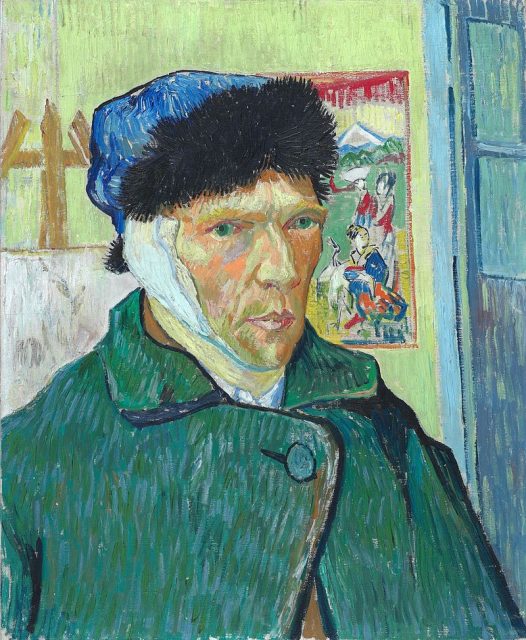
The argument upset Vincent’s delicate mental balance, and he supposedly went after Gauguin with a knife but changed his mind and went home. He cut off part of his ear and either delivered it to a local brothel or sent it to Gauguin who was ready to return to Paris. Vincent was taken to a mental hospital the next day.
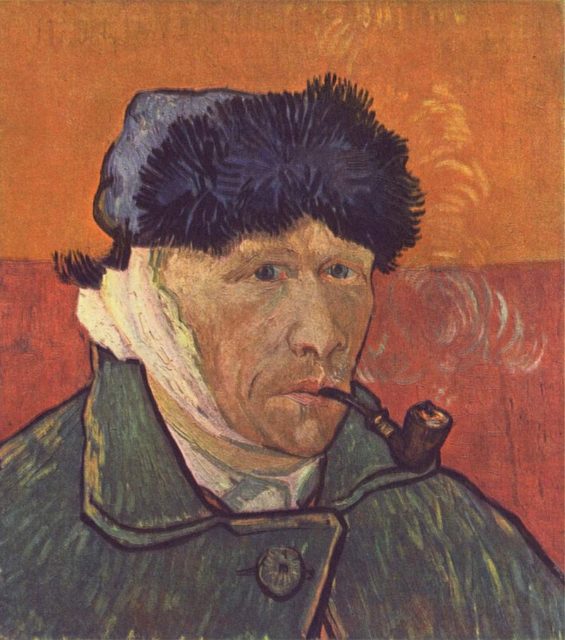
Hans Kaufmann and Rita Wildegans have suggested another theory in their book, Pact of Silence published in 2009. They claim that during the argument Gauguin cut Vincent’s ear with a sword, but that theory has been discounted by Louis Van Tilborgh of the Van Gogh Museum. Van Tilborgh points out that the authors provide no real evidence for their theory, and the cut was too precise to have been created with a sword in the hands of an angry man.
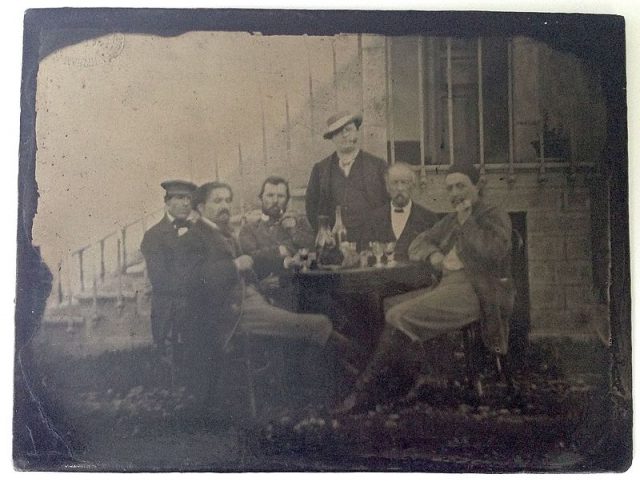
The museum website cites contributing factors for Vincent’s episode as his rocky relationship with Gauguin in which Gauguin is constantly threatening to return to Paris and leave Vincent alone and that Theo’s upcoming marriage to Johanna Bonger left him feeling insecure about his future, which was needless as Johanna realized how important his work was and promoted it after he and Theo passed away within months of each other. Had it not been for Johanna, it is quite possible Van Gogh would have remained unknown.
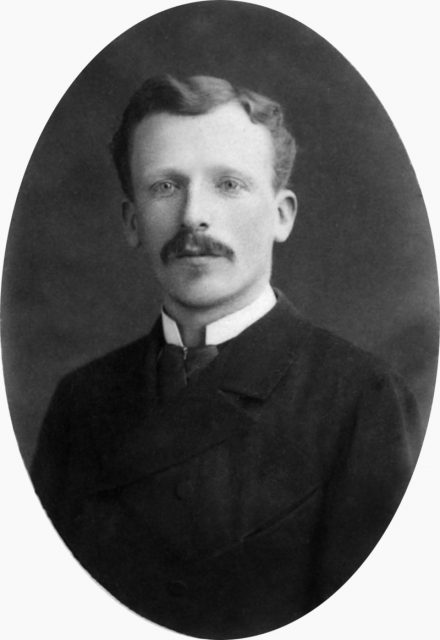
The fact that Vincent suffered from depression and was possibly bipolar is now understood from his letters to Theo. He painted feverishly, with almost three hundred paintings completed just before the incident with Gauguin and then sunk into a deep depression which is consistent with bipolar disorders.
Because of Johanna Van Gogh’s determination to keep her brother-in-law relevant, Van Gogh has become known as second only to Rembrandt as the greatest Dutch painter of all time.
The living ear is on display at New York City’s Ronald Feldman Fine Arts. Visitors can actually speak into the ear using the microphone that feeds into the software program generating the nerve impulses much as an electrode connected to nerves would.
The replica, according to Diemut Strebe, represents Plutarch’s Theseus Paradox which asks the question of whether an object, if one replaces all of its parts, remains fundamentally the same object. It is also an homage to the artist who clearly represents the stereotypical image of the disturbed genius artist with amazing talent that leads to a certain, sad fate.
Related Article: Vincent Van Gogh and the Issue with his Ear – What Really Happened?
The unusual exhibit was first displayed in Germany in 2014, and Noam Chomsky, the famous scientist, philosopher, and linguist, was the first to speak into Van Gogh’s new ear.
